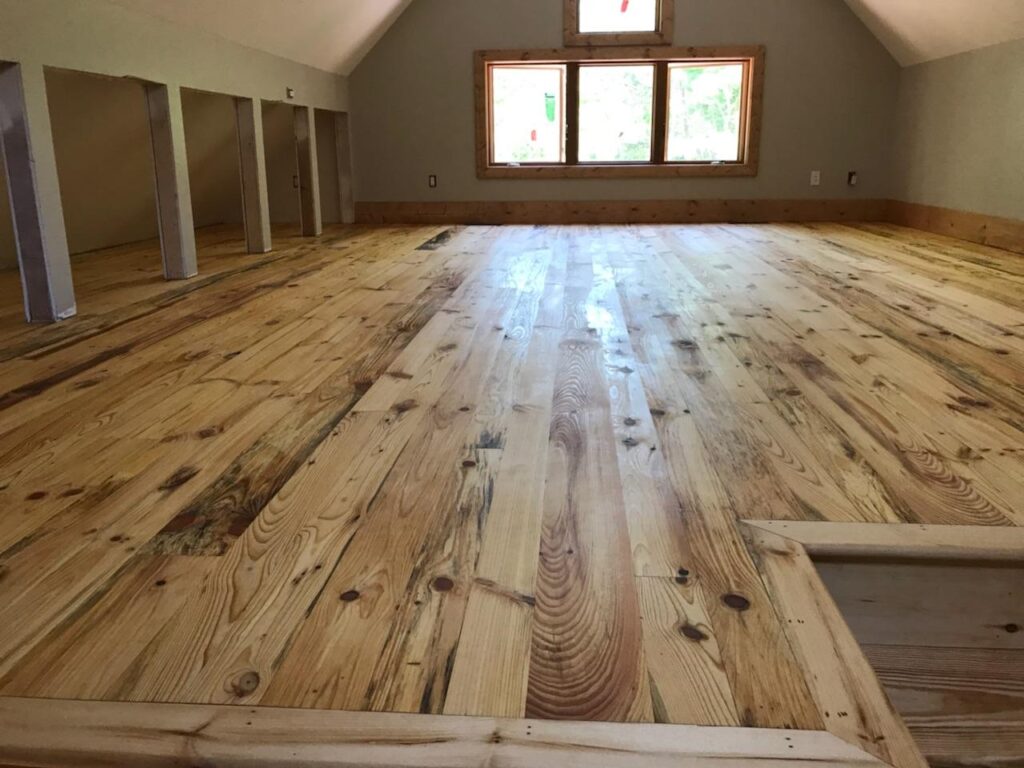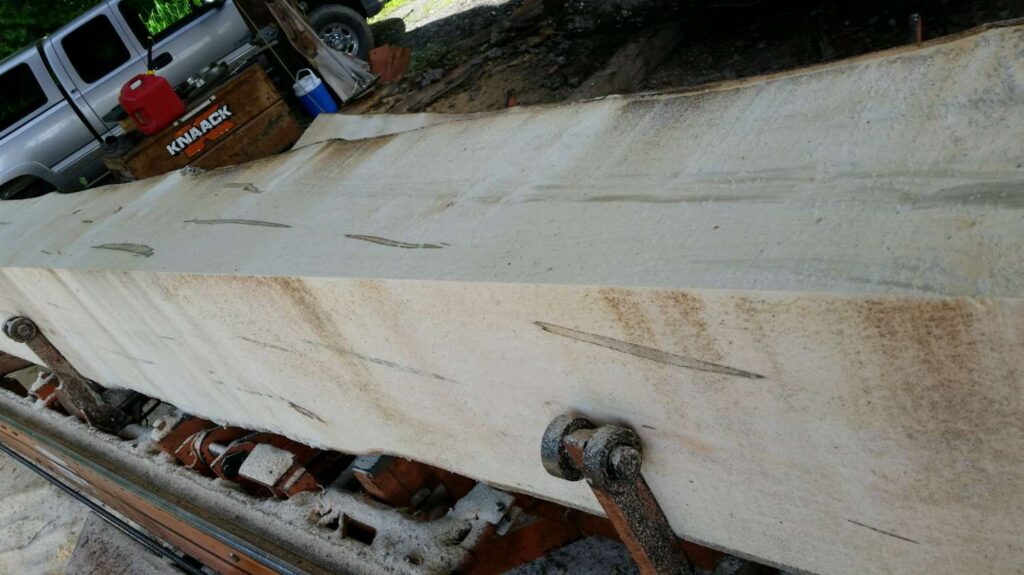Green building refers to the practice of creating structures and using processes that are environmentally responsible and resource-efficient throughout the building life-cycle.
While there are many components of sustainable building, the purpose of this article is to explore the tree-harvesting side of this movement and the many possibilities of “tree cycling” — the recycling of trees that are removed from an owner’s property and used to build parts of their businesses and residences.
Local sawmills are on the front lines of this movement, working with builders and homeowners to harvest trees from their properties and incorporate them into the building of their homes.

While customers sourcing their wood on site enjoy a variety of perks including cost savings and reduced environmental impact, many point to the emotional value as the greatest benefit. Many people experience strong feelings of sentimentality that something from their land was used in the construction of their home, business, or furnishings.
Angie Solsbee, a nurse at Mission Hospital in Asheville, said the idea of cutting down trees on her property to build a house almost broke her heart. It was of great consolation when she and her builder decided that they would mill the trees and reuse them in the building of the house and barn. The pine, poplar, and maple logs were cut into lumber, kiln dried, and milled into flooring, trim and barn doors.
“Processing the lumber does take more time but it is definitely worth the effort,” she said emphatically. “I wouldn’t have done it any differently. All I can say is that it just feels good.”
Solsbee reports enjoying her pine floors much more than the other expensive, store-bought flooring found in other parts of the house. Like many homeowners who have chosen to harvest trees from their property, Solsbee found there is a positive energy in knowing where the wood comes from versus using wood with no history.
For the myriad benefits of harvesting and reusing your own trees, there also are a few important things to consider before making the decision. Harvesting your own trees takes time and effort. If you are going to use the wood inside your home, we strongly suggest that your lumber is kiln dried.

Green wood will “move” and shrink and because they grow in nature, the wood needs to be sterilized so all living things in the wood are neutralized. Pine and poplar have shorter air-drying times, so they can be dried almost immediately. However, hardwoods, like oak, maple and others, need to be air dried for longer periods of time before they can go into the kiln. Consult your local dry kiln for exact air-drying times.
The effort comes in the form of getting the trees cut properly, transporting to your local mill, finding a suitable location for air-drying, arranging for kiln drying, and last, milling the boards into usable lumber for the chosen application.
Here in North Carolina, we are blessed with more than 650 species of trees, most in the Appalachians here in the western part of the state, but very few people know that 61 of these species are considered threatened or endangered.
Whether or not you decide to join the “tree cycle” movement, please take down your trees responsibly. Every tree has a history.
Phil Long is the owner of Southeastern Hardwoods, also known as Bee Tree Hardwoods. Founded nearly two decades ago, the company is known throughout Western North Carolina and beyond as a provider of quality soft and hardwoods with more than 20 species of wood. It also provides custom sawing, drying, and milling orders. With a passion for wood since childhood, Phil has been a hobby woodworker for almost 40 years.
You can also view this article as it was originally published on page 67 of the 2018-2019 edition of the directory.

